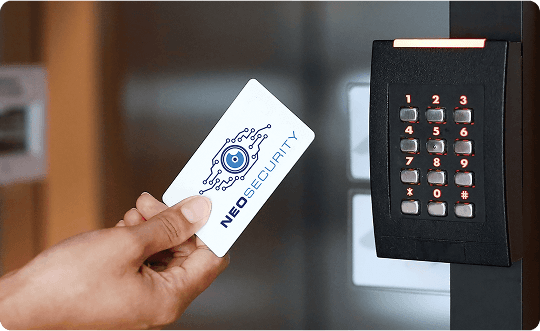Building a Fortress: Perimeter Security Best Practices
Your perimeter is the first line of defense against intruders. A robust perimeter security strategy is crucial for deterring crime, protecting assets, and ensuring the safety of your employees and visitors. Here are some best practices to consider when designing and implementing your perimeter security:
1. Layered Security:
Don’t rely on a single security measure. Implement a layered approach that combines multiple elements for comprehensive protection:
- Physical Barriers: Start with strong physical barriers like fences, walls, and gates. Choose materials appropriate for your security needs and aesthetics.
- Intrusion Detection: Install intrusion detection systems like motion sensors, infrared beams, and vibration sensors to detect unauthorized entry attempts.
- Access Control: Control access points with gates, turnstiles, and access control systems to regulate entry and exit.
- Lighting: Illuminate your perimeter with bright, even lighting to deter intruders and improve camera visibility.
2. Assess Your Vulnerabilities:
Conduct a thorough security assessment to identify potential vulnerabilities in your perimeter. Consider factors like:
- Natural Features: Are there trees, bushes, or other natural features that could provide cover for intruders?
- Blind Spots: Are there areas not covered by cameras or intrusion detection systems?
- Access Points: How many entry and exit points are there, and how are they secured?
- Lighting: Is the perimeter adequately lit, especially during nighttime hours?
3. Technology Integration:
Integrate your perimeter security technologies for a unified and efficient system. For example:
- Video Analytics: Use video analytics to detect perimeter breaches, loitering, or suspicious activity, triggering alerts and automating responses.
- Access Control Integration: Integrate access control systems with video surveillance to verify identities and monitor access events.
- Remote Monitoring: Connect your perimeter security system to a central monitoring station for 24/7 surveillance and rapid response to alarms.
4. Regular Maintenance and Testing:
Ensure your perimeter security system remains effective with regular maintenance and testing:
- Inspect physical barriers: Check for damage, wear and tear, or any signs of tampering.
- Test intrusion detection systems: Regularly test sensors and alarms to ensure they are functioning correctly.
- Maintain cameras and lighting: Clean camera lenses, check lighting functionality, and replace bulbs as needed.
- Review security procedures: Regularly review and update your security procedures to address new threats and vulnerabilities.
NEO Security: Your Perimeter Security Partner
NEO Security specializes in designing and implementing robust perimeter security solutions tailored to your specific needs and budget. Our experts can help you assess your vulnerabilities, select the right technologies, and integrate your systems for optimal protection.







